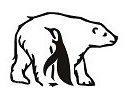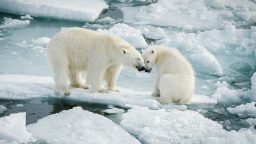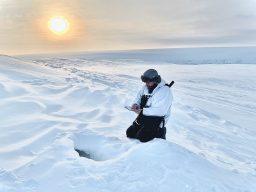The Arctic is not just a polar bear. Here, many species of living organisms that have adapted to the extreme conditions of the Far North coexist in close interrelation. Together they form a biologically unique ecosystem and are a source of important information about the state of the environment. Changes in the Arctic allow us to judge global changes in the life of the entire planet.
The Arctic region and its biodiversity
The Arctic is unique for a number of reasons. Firstly, as a regulator of the planet’s climate balance. Arctic ice works like large reflectors: they return some of the sun’s rays back into space, preventing the planet from overheating.
The Arctic is home to more than 20,000 biological species, many of which are found only here. Large and small mammals, birds, fish, invertebrates, plants, fungi and tens of thousands of species of microbes have adapted to survive in the cold.
In the Arctic, a region not rich in food, large mammals are very dependent on the well—being of the entire ecosystem. Being at the top of the food chain, they are sensitive to environmental changes, so scientists consider them as important bioindicators.
Bowhead Whale

Of the four populations of the bowhead whale in the Russian Arctic, two are found: the Bering-Chukchi and Svalbard. Migrations of these whales directly depend on the movement, melting and freezing of ice. Therefore, the intense melting of the ice poses a serious threat to these animals.
Bowhead whales are among the Earth’s centenarians, their age can reach 200 years. In the 1920s, bowhead whales were considered completely exterminated in the Atlantic sector of the Arctic. They are at the top of the food chain, so they are important indicators of the state of other components of the marine ecosystem. Now the species is listed in the Red Book of the Russian Federation.
The population numbers 10,000 individuals. The size of whales is up to 20 m. Weight up to 100 tons.
Beluga Whale

Belugas are distinguished from other whales by their rounded forehead, lack of dorsal fin and cervical vertebrae: these are the only whales that can move their heads. In addition, they are completely white — this disguise helps them hide among the ice from their main enemies: killer whales and polar bears.
The diet of belugas is very diverse. Depending on their age, they feed on shellfish, plankton, crustaceans or fish. Their habitat is shallow waters, an offshore zone. The population numbers 150,000 individuals. The dimensions are 350-600 cm. The weight is 800-1500 kg.
Walrus

The walrus is a charismatic representative of pinnipeds, an intermediate link between seals and seals and the only representative of the walrus family. Its distinctive features are whiskers and canines, which can reach one meter in length and weigh up to five kilograms. Walruses use these tusks for self-defense and foraging, with their help they get out of the water onto ice floes.
Walruses live in large groups, forming deposits: thousands of individuals gather together to keep warm, raise and protect cubs together. The walrus body contains about 200 kilograms of fat — it not only protects from the cold, but also increases the buoyancy of the animals.
Sizes up to 450 cm. Weight up to 1500 kg. He has been living for about 35 years.
Polar bear
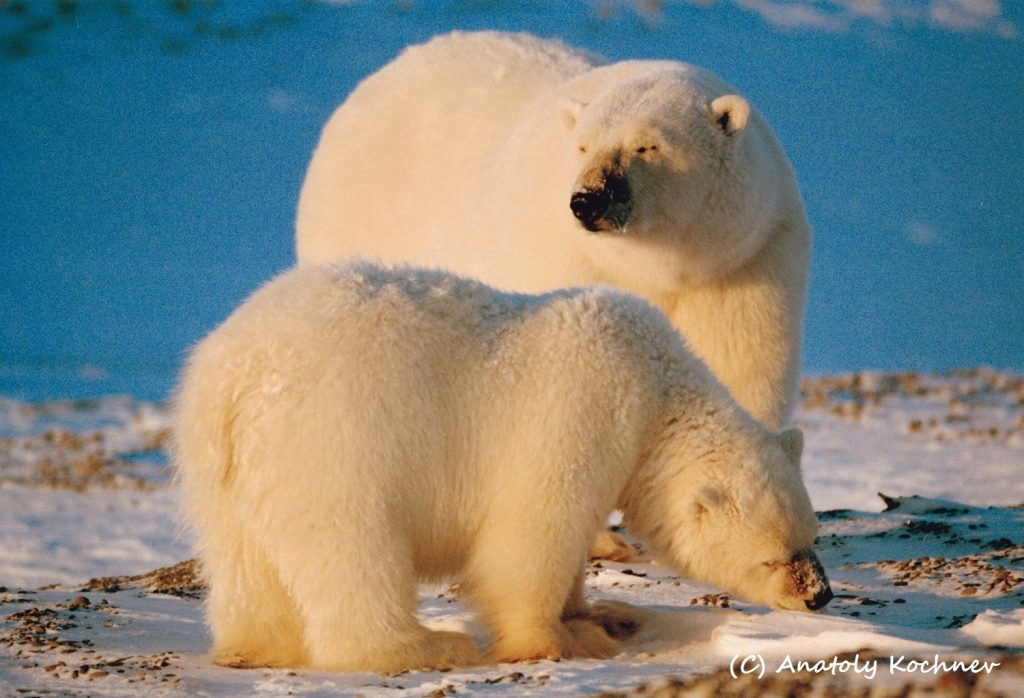
The polar bear is the largest of the terrestrial predators, which has become a symbol of the Arctic. The “Master of the Arctic” has good protection from the cold. Long, up to 12 centimeters, colorless fur and undercoat provide thermal insulation. Black skin helps to accumulate heat, and four centimeters of the fat layer acts not only as a heat insulator, but also as a backup energy source.
The neck of a polar bear is long — it is needed to hunt seals under the ice. Life in the Arctic is closely connected with ice and water, so bears swim perfectly — webbed paws and moisture-repellent fur help them do this.
A bear can run quite fast, but not for long, as it overheats in a warm skin. The animal is listed in the Red Book. Since 1957, there has been a ban on the production of polar bears in Russia. The population numbers about 30,000 individuals. Sizes up to 230 cm. Weight up to 800 kg. He has been living for about 30 years.
Ringed seal
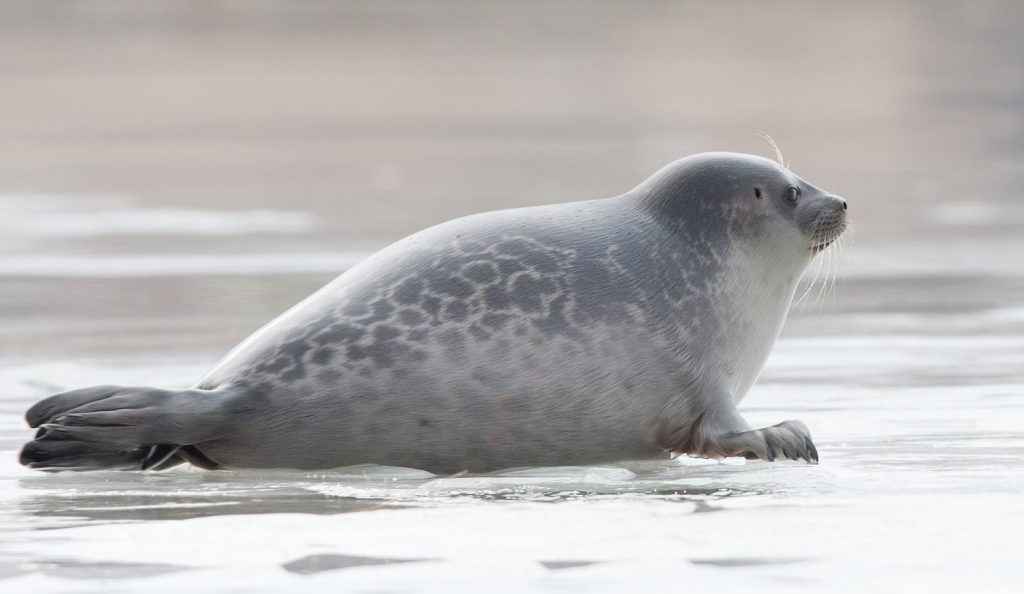
The ringed seal is one of the smallest seals in the Arctic. It got its name for the light circles on the dark skin.
These animals are widely distributed throughout the Arctic coast. They can live even under a thick layer of ice, keeping several holes open within their territory. They live separately, only sometimes forming small groups.
Baby squirrels are born in a white fur coat, which begins to darken after two to three months. All this time, squirrels spend in ice lairs, which protect them from predators and cold, and feed on mother’s milk. The loss of sea ice and snow cover is a major threat to this species.
Sizes up to 150 cm. Weight up to 50 kg. He has been living for about 40 years.
More amazing facts about the Arctic can be read here.
